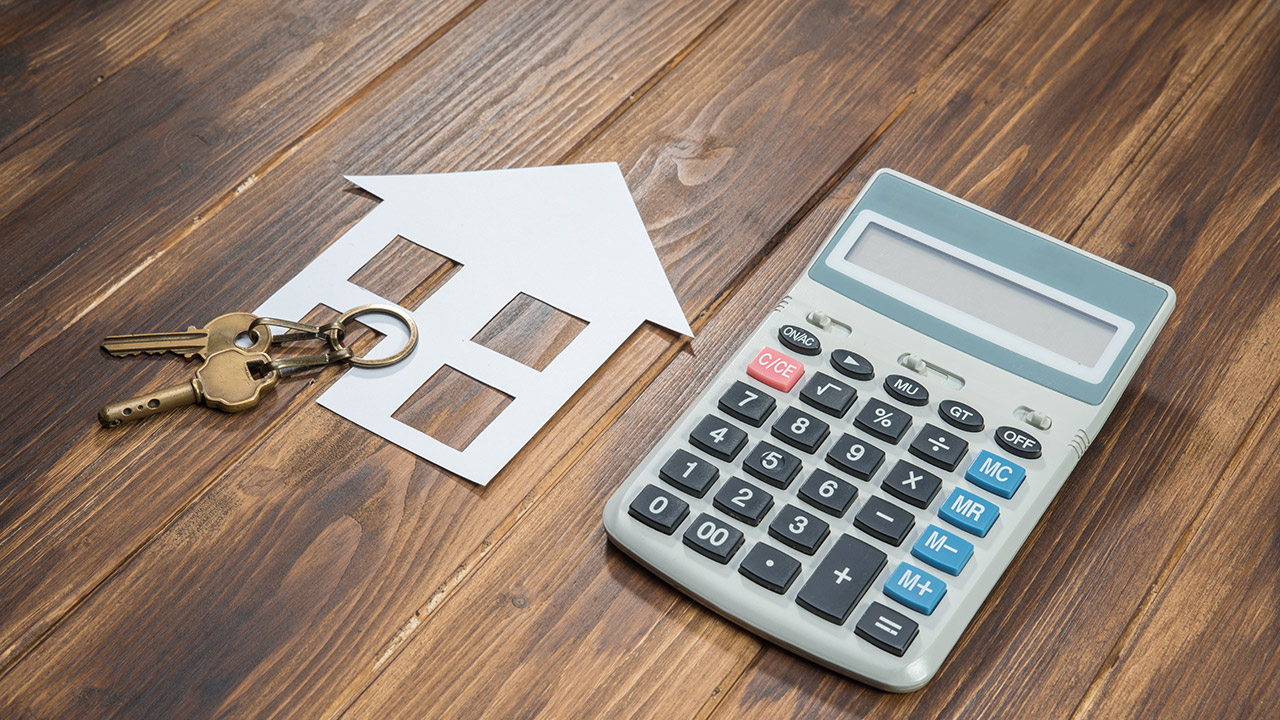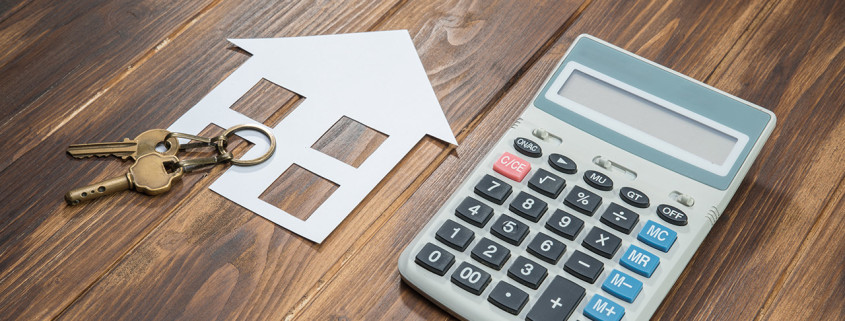Low Down Payment Options to Consider
Owning a home no longer has to remain a dream for any Americans, thanks to the changes that have taken place in the mortgage lending realm over the recent past.
Coming up with a decent-sized down payment has long been a thorn in the side of would-be homebuyers. But these days, there are plenty of low down payment options available that can help turn the dream of homeownership into reality.

Changes to FHA- Loans Makes Homeownership More Realistic For Many
FHA home loans – the backed by the Federal Housing Administration – have recently undergone major changes. The government agency already offers ultra-low down payment options as low as 3.5 percent, but the fact that it has slashed 0.5 percent off its mortgage insurance costs makes this option even more affordable.
The mortgage insurance fee that needs to be paid is designed to protect the lender against potential defaults on mortgages. Lenders are the ones who actually issue these loans – the FHA simply insures them. Borrowers pay this mortgage insurance fee on top of monthly mortgage payments.
This insurance fee changes from time to time, depending on the strength of the housing market and consumer credit. During the financial crisis of 2008, there were millions of mortgage defaults and foreclosures, which kept the insurance fee up. FHA mortgages increased in popularity at that time, and an increasing number of home loans weren’t getting paid back.
Such a dire situation lead to a number of losses that prompted the FHA to hike up its mortgage insurance fees. In 2010, it was 0.55 percent of home loan amounts, then by 2013, it spiked to 1.35 percent.
Since then, the housing market in the US has stabilized. In response, the FHA slashed its insurance fee to 0.85 percent or 30-year fixed home loans up to $417,000 with a 3.5 percent down payment.
This fee fluctuates because the FHA needs to make sure that it has enough money in its insurance pot to cover mortgages that might default and never be paid back. With the market increasingly showing signs of strength, the FHA has felt comfortable enough to cut back on its mortgage insurance fees, making home loans more affordable for homebuyers.
However, it should also be noted that there are other components to FHA loans that must be considered when budgeting for a home loan. For starters, 1.75 percent of your loan amount will need to be paid up front, either in one lump sum or added to the monthly loan amount. In addition, you won’t be able to write off your annual mortgage insurance fees come tax time.
Lower Down Payment Options Through Fannie Mae and Freddie Mac
FHA-backed home loans aren’t the only option when it comes to taking advantage of low down payments. Fannie Mae and Freddie Mac have also started offering home loans that require a mere 3 percent down payment.
Fannie Mae’s Home Ready program allows borrowers with credit scores as low as 620 to get approved for home loans requiring only 3 percent down. One unique trait of this program is that it has a provision developed specifically for extended families. Lenders can look at income from non-borrower family members when it comes to qualifying for a home loan.
Freddie Mac’s Home Possible Advantage program is similar, but credit requirements are a bit higher, with a 660 minimum score. Unlike the Fannie Mae program, all borrowers need to physically occupy the home.
These conventional home loans require private mortgage insurance (PMI), which costs about 1.05 percent each year (paid monthly) for 30-year fixed loans up to $417,000 with a 3 percent down payment. No initial up-front fee is necessary, and the insurance fee can be eliminated in as little as two years once less than an 80 percent loan-to-value ratio is achieved.
Zero Down Payment Options
As if 3 percent wasn’t low enough, how about zero down payment options?
They actually exist, but their qualification requirements are pretty specific.
Take VA loans, for instance, which are backed by the U.S. Department of Veterans Affairs. The VA guarantees mortgages for purchases (not refinancing) without any required down payment for qualified veterans, active-duty members, and specific National Guard and Reserves members. No mortgage insurance is required, but borrowers must pay a funding fee, which can range between 2.15 and 2.4 percent, and may be rolled into the mortgage amount.
The USDA’s Rural Development home loan guarantee program also offers no down payment options for qualified buyers who purchase properties in specific areas that the government deems to require development. The USDA has maps that highlight eligible areas for these no-down payment options. No mortgage insurance is necessary, but a 2 percent up-front guarantee fee is charged, along with an annual guarantee fee of 0.5 percent of the loan balance.
Navy Federal Credit Union also offers 100 percent financing to qualified members who purchase primary residences. Navy Federal eligibility is limited only to members of the military, certain qualified civilian employees of the military and US Department of Defense, and family members. The funding fee for this home loan option is 1.75 percent.
The Bottom Line
There are plenty of home loan options out there that don’t require a massive down payment to secure a mortgage, as long as you qualify. Coming up with a sizeable down payment shouldn’t necessarily be a deterrent to homeownership. However, it’s important to weigh the options and risks associated with carrying a hefty outstanding loan balance, especially when considering the value of your home. Make sure you speak with a seasoned mortgage broker to help you determine if your financials can support the mortgage you sign up for.



